Violet "Duchess": description of the variety and subtleties of care
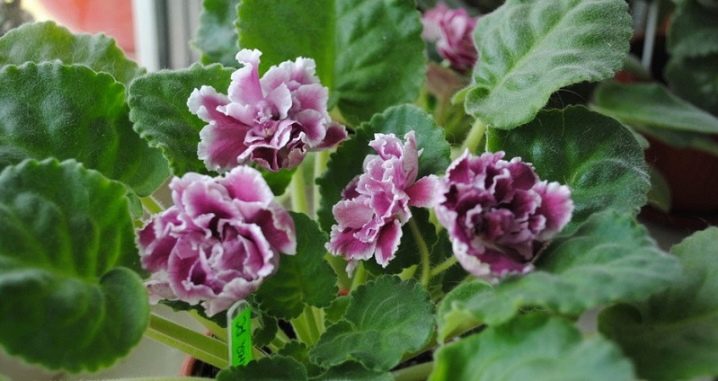
Some types of plants, which are chosen to decorate residential and public spaces, surprise with brightness and beauty. The "Duchess" violet has excellent aesthetic qualities.
This flower is able to revive any interior, adding beauty and elegance to it.

Peculiarities
The flower attracts attention with its amazing shapes and expressive color, which cannot be ignored. From the point of view of botany, this representative of the flora is Saintpaulia. It has nothing to do with the family of violet flowers, except for the generally accepted name, which is actively used by both specialists and amateurs in the field of floriculture.
In nature, saintpaulias are found in mountainous regions in East Africa. The Duchess variety has two varieties.
- "RS Duchess" - was bred by the efforts of the famous breeder Svetlana Repkina in 2011.
- "Getzoginya Lux" - a kind of violet variety "RS Duchessa", obtained by selection based on the parent plant.
"Duchess" is a fastidious, but amazingly beautiful plant, which is often used to decorate not only homes, but also offices, shops and other institutions.
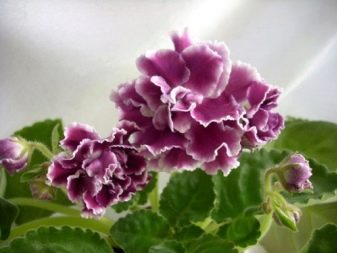
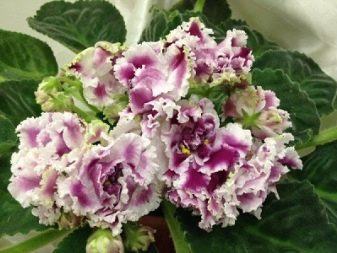
Description
The first thing they pay attention to is the petals with a unique color. They are collected in lush buds, combining shades of purple with snow-white color. During the flowering period, the plant is almost completely covered with buds. Their maximum size reaches 8 centimeters in diameter. Each petal is densely covered with small villi, giving a terry surface. The core of the flowers is yellow. It contrasts markedly with purple, which is the main color, and white edging.
Dense heart-shaped leaves have a rounded shape. Like other representatives of Saintpaulia, they are covered with small villi. The color is rich green. The edges of the leaves are quilted. As the flower develops, the foliage gradually sinks down, and then continues to grow parallel to the walls of the container. The beauty of the violet is fully revealed in the third bloom. The first two blooms are not particularly bright and dense. During this period, buds may appear in small numbers and small in size.
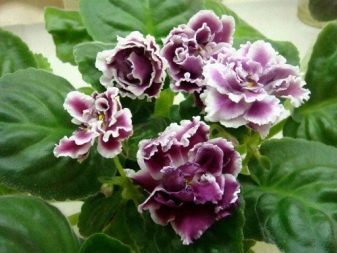
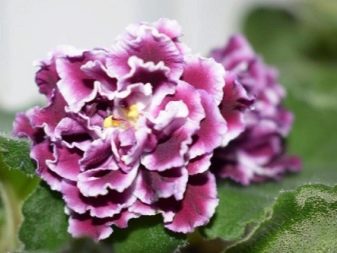
Differences between varieties
Many novice growers confuse the “RS-Duchess” variety with the “Duchess Lux” variety. This is due to the similarity in name and appearance. The second option is considered to be a type of MS plant. The flower was obtained as a result of the work of professional breeders.
The main distinguishing feature of "Duchess Lux" from the above version is the light green frame of the petals. In addition, the leaves are also different. They are wavy and lighter when compared to the leaves of the parent plant.
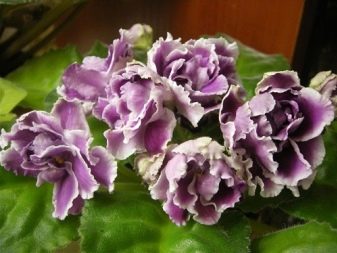
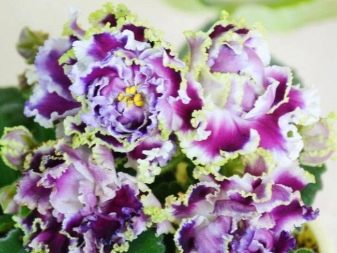
Basic rules for growing
One of the main indicators on which the health and beauty of a plant depends is its location. And also the correct watering (both its volume and the method of carrying out) and the illumination in the room is important.
How to choose the right place?
It is best to place the violet on the windowsill. Thus, she will receive the necessary amount of natural light. Make sure that the plant is not in direct sunlight. It is important to protect the "Duchess" from both overheating (especially in the warm season) and hypothermia.
With a significant increase in air temperature, the flower should be rearranged in a darkened place. For the plant to be comfortable, it is necessary to maintain a high level of humidity in the room. In this case, moisture will not leave the leaves and flowers.
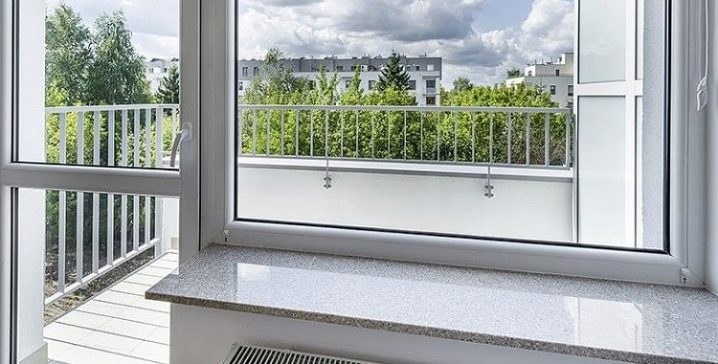
Care in the period of heat and cold
Monitor the condition of the soil. In hot and dry weather, it dries much harder than usual. To reduce the temperature around the plants, some growers direct fans to the plants. They should be at an optimal distance so that the flower does not suffer from drafts. This method helps not only protect against overheating, but also prevent the development of fungal diseases, since high humidity and temperature are ideal conditions for the development of dangerous bacteria. An extreme measure is the breaking of the buds. In this case, the violet will stop spending a lot of energy on flowering and will be able to survive the heat.
So that the flower does not suffer with the onset of winter, experts recommend the following methods of protection.
- The container with the plant is placed in a larger pot. The result is a thermos effect, which helps to retain heat in the soil and prevents cold air from reaching the roots.
- To insulate the flower pot from below, you can put a layer of foam under it.

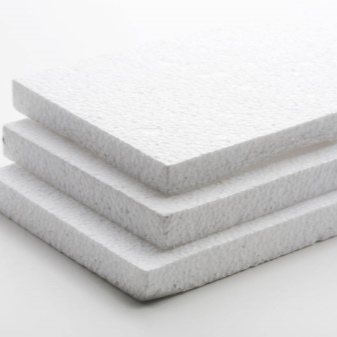
Choosing a container
When choosing a flower pot for violets, there is the following rule - its diameter should be 3 times smaller than this indicator of the rosette of leaves. Typically, a container is used to grow an adult plant, the diameter of which varies from 7 to 9 centimeters. But this method is not used for the "Duchess". If the pot is not large enough, the plant will begin to wilt and turn yellow.
An overly large pot is also contraindicated, otherwise the violet will use all its strength to develop the green mass and stop blooming. The best option is a container 9-13 centimeters in diameter.
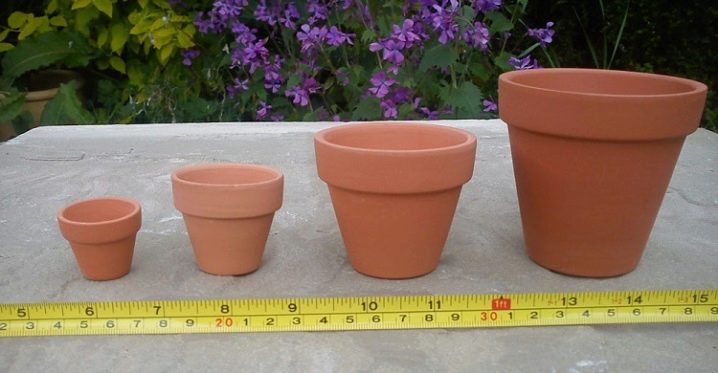
Suitable soil
The soil taken from the coniferous forest is perfect for growing the "Duchess". This soil contains trace elements that have a positive effect on the development of the plant. Discard the idea of using soil from a garden or vegetable garden, as it can be rich in pests.
Before using the soil, it is advisable to heat it, for example, hold it in an oven. If it is not possible to find a soil that is suitable in composition, you can purchase a ready-made composition in a flower shop. Soil mixes fertilized with potassium and phosphorus are suitable. Also, don't forget about drainage. It is laid out on the bottom of the pot before filling in the soil and replanting the plant.

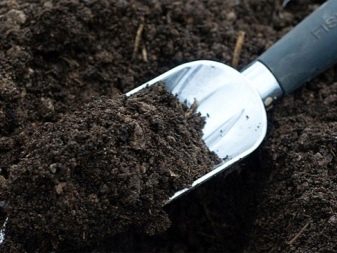
How to water?
Watering the "Duchess" in the standard way - pouring water on top of the leaves - is impossible. It is allowed to use the pallet irrigation technique. To do this, the flower pot is immersed in a container of water for a maximum of 15 minutes. This time is quite enough to moisten the soil.
Remember that the plant has a thickened rosette, and the leaves are covered with a lot of villi. Stagnation of excess moisture will lead to the formation of fungus and other diseases.

Temperature regime
The condition of the violet is highly dependent on the room temperature. The room should not have frequent and sudden changes, otherwise the plant will lose its aesthetic properties.
According to professional florists, the ideal temperature is considered to be 20 degrees, provided that the flower grows on the windowsill on the north side. A large drop in temperature will result in no flowering. Raising it too much will make the buds and leaves sluggish.
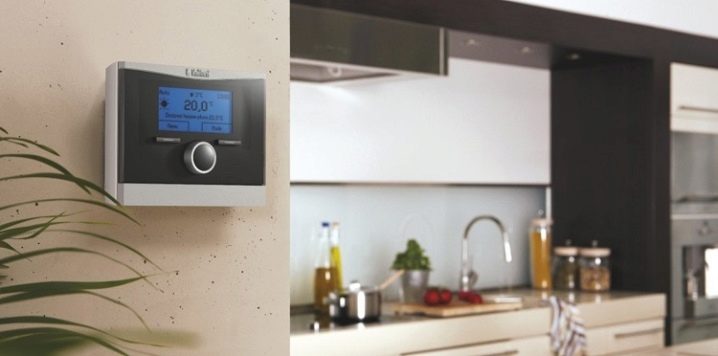
Diseases
The plant can easily become infected from other flora that grow nearby. If you notice signs of ailment on neighboring plants, immediately transfer them to another place. It has been noticed that violets often get sick in houses in which pets live. Do not touch the plant with dirty hands. As a rule, diseases occur in September and May.
The most dangerous pest for a flower is a tick. The main danger is that it cannot be seen with the naked eye. It will not be possible to get rid of this ailment quickly. It is necessary to treat the plant for a long time with special preparations. During the period of the disease, the flower takes on a drooping appearance. Bright color and splendor disappear.


Top dressing
Fertilizers are introduced during the budding period. The plant needs additional nutrition for bright flowering. Top dressing should be added immediately after the watering procedure, otherwise there is a risk of damaging the sensitive root system. It is recommended to use ready-made and balanced fertilizers sold in specialized stores. They are accompanied by detailed instructions for use.
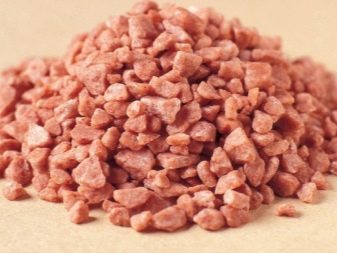

In the next video you will find an overview of the "Duchess" violet variety.































The comment was sent successfully.